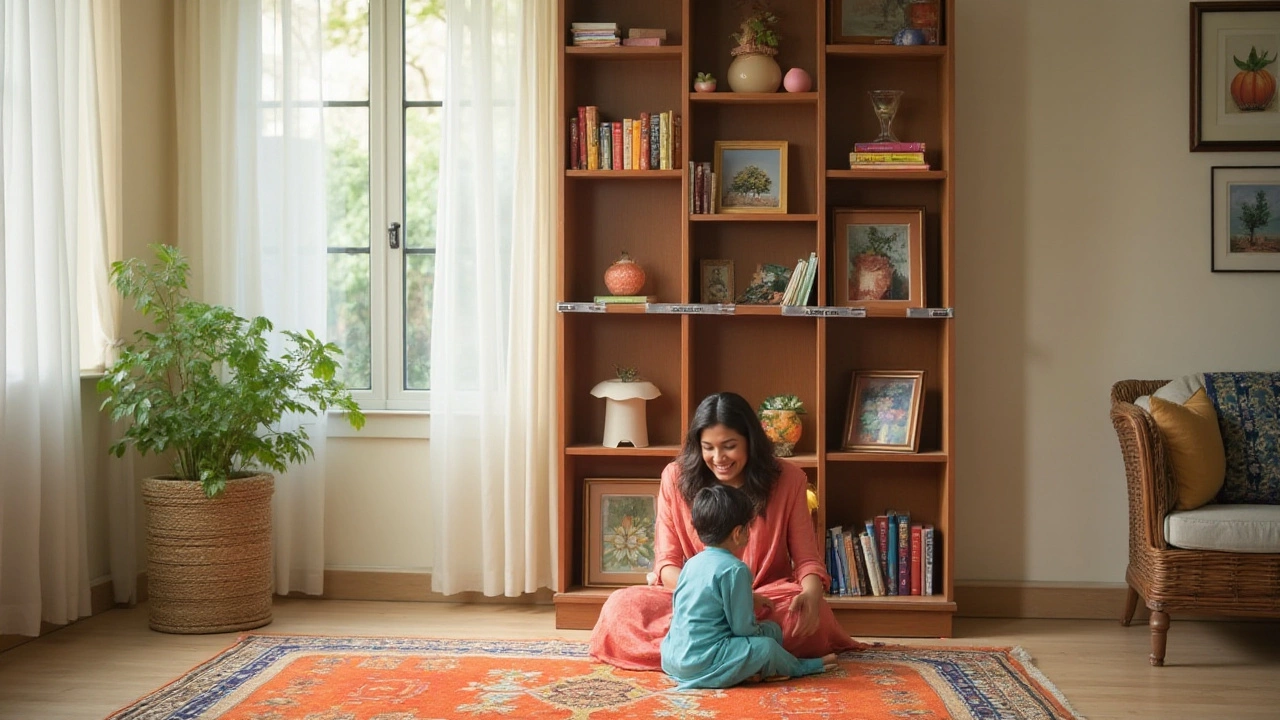Home Safety: Smart Tips to Keep Your Furniture and Space Secure
Every room in your house can be a little safer with a few easy habits. From the couch in the living room to boxes in the storage unit, the right moves protect your family, your gear, and your peace of mind.
Keep Furniture Safe and Stable
Big sofas and corner couches look great, but they can tip over if you’re not careful. Anchor heavy pieces to the wall with a simple bracket—no tools beyond a drill and a couple of screws. If you have a reclining sofa, make sure the footrest doesn’t snag on a rug or coffee table; a clear 2‑foot pathway keeps everyone from tripping.
When you choose a couch, look for frames that don’t sag. Solid wood or metal legs, reinforced joints, and high‑density cushions keep the seat firm for years. A sagging sofa not only looks bad, it can cause uneven weight distribution that leads to falls, especially for kids.
Covering your couch with a fitted slipcover does more than hide stains. It shields the fabric from pet hair, spills, and even bed bugs that love hidden seams. If you notice tiny brown spots on the cover, it might be a bed‑bug warning. Quick heat treatment (setting the cover in a dryer on high for 30 minutes) kills any hidden pests.
Prevent Mold and Pests in Storage
Storing a couch or coffee table in a damp basement? Mold loves that environment. Keep humidity below 60% by using a dehumidifier or silica packets. A quick wipe with a vinegar‑water mix on wooden legs removes any early mold growth before it spreads.
Boxes and furniture should be wrapped in breathable fabric, not plastic, which traps moisture. If you need a cover for outdoor garden furniture, choose a water‑proof material that still lets air circulate. This prevents rain from soaking the wood and causing rot.
When you pack items, avoid stacking heavy pieces on soft furniture. The weight can crush cushions and cause frame damage that later creates weak spots where insects hide. Use sturdy pallets or cardboard sheets to distribute weight evenly.
Lastly, keep an eye on the fit of your TV stand and coffee table. A stand that’s too tall makes the TV hard to view, but also raises the risk of kids climbing. The ideal height keeps eyes level while staying low enough to stay out of reach.By anchoring furniture, using protective covers, and controlling moisture, you turn everyday spaces into safer zones. Small actions today save you from costly repairs, health hassles, and unwanted guests like mold or bed bugs tomorrow.
Securing Freestanding Bookcases: A Guide to Safety and Stability
Discover the best methods to secure a freestanding bookcase in your home. Find practical tips and tricks to ensure the safety and stability of your furniture. Learn about different materials and techniques that can help prevent accidents and keep your bookcase upright. Make a secure environment and enhance your interior design by stabilizing your bookcases effectively.





